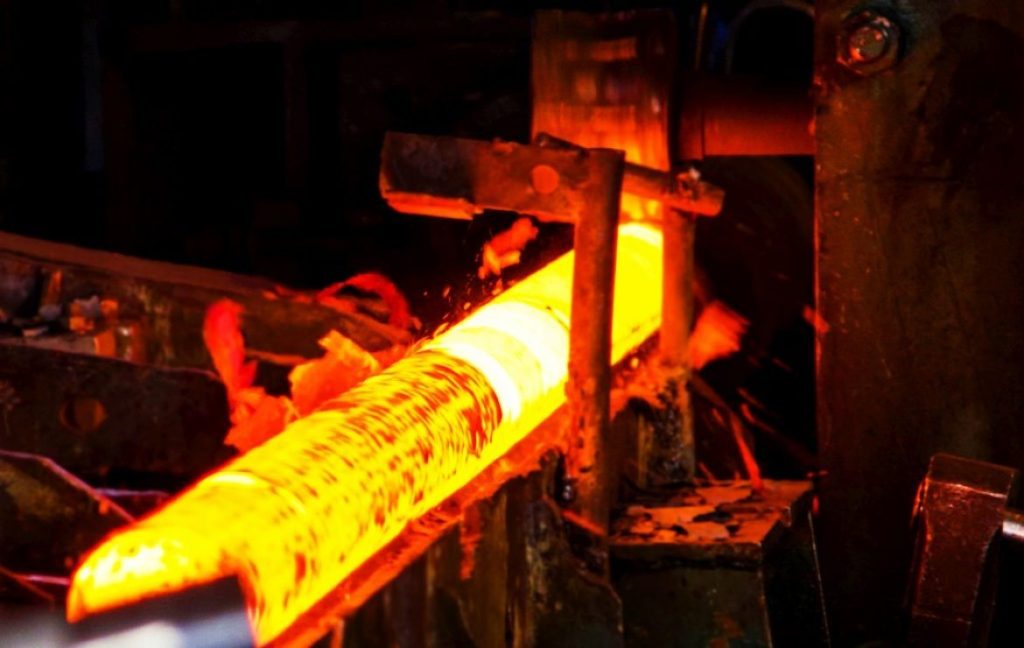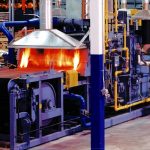Marquenching/Martempering is a form of heat treatment applied as an interrupted quench of steels typically in a molten salt bath at a temperature right above the martensite start temperature. The purpose is to delay the cooling for a length of time to equalise the temperature throughout the piece. This will minimise distortion, cracking and residual stress.
Benefits
Reduced cracking due to thermal stress. Reduced residual stress in the quenched part section for parts with varying geometry, size, or weight.
Application & materials
Since marquenching lowers the residual thermal stress, it is used for parts with complex geometries, diverse weights, and section changes.
Marquenching is used primarily to minimise distortion and eliminate cracking. Alloy steels are generally more adaptable to marquenching. In general, any steel part or grade of steel responding to oil quenching can be marquenched to provide similar physical properties.
The grades of steel that are commonly marquenched and tempered to full hardness are:
90Mn4 / 1.1273 / AISI 1090
42CrMo4 / 1.7225 / AISI 4140
100Cr6 / 1.3505 / SAE 52100
44SMn28 / 1.0762 / SAE 1144
50CrMo4 / 1.7228 / AISI 4150
34CrNiMo6 / 1.6511 / AISI 4340
43CrNiMo6 / 1.6582 / 300M, 4340M
46Cr2/ 1.7006 / AISI 4640
41Cr4/ 1.7035 / AISI5140
50CrV4 / 1.8159 / AISI 6150
30NiCrMo2 / 1.6545 / AISI 8630
40NiCrMo2 / 1.6546 / AISI 8740
Process details
Marquenched parts are tempered in the same manner as conventional quenched parts.
Steel is marquenched and tempered by:
· Quenching from the austenitising temperature into a hot fluid medium at a temperature usually above the martensitic range;
· Holding in the quenching medium until the temperature throughout the steel is substantially uniform;
· Cooling at a moderate rate to prevent large differences between the outside and the centre of the section; and
· Tempering in conventional fashion.


